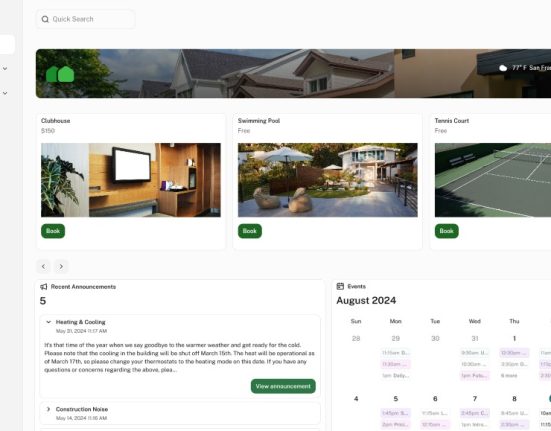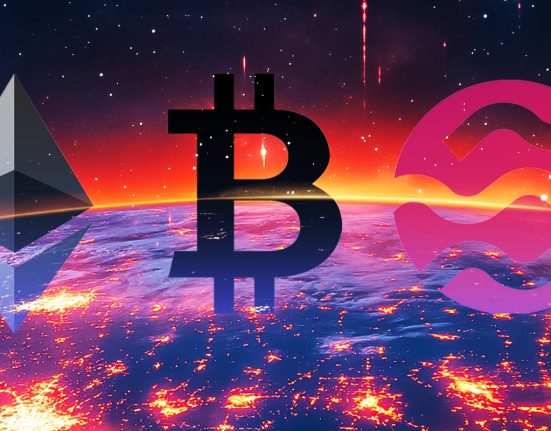More than 5 million student loan borrowers in default may have a portion of their paychecks withheld.
On May 5, 2025, the U.S. Department of Education announced that nearly 195,000 student loan borrowers in default would receive a 30-day notice from the U.S. Department of Treasury. This notice let borrowers know that federal benefits would be subjected to the Treasury Offset Program, which collects past-due debts owed to federal and state agencies.
The Department of Education also said that later this summer, 5.3 million student loan borrowers in default would receive a notice from the Department of Treasury stating that their earnings would be subject to administrative wage garnishment, though no specific date was given.
Here’s everything to know about the notice, including how to avoid wage garnishment on your defaulted student loans.
What Is Wage Garnishment?
According to Federal Student Aid, wage garnishment is when an employer may be required to withhold a portion of an individual’s paycheck to be sent to a loan holder to repay a defaulted loan.
A loan holder can have an employer withhold up to 15% of an employee’s disposable pay to collect this debt, without having to take the employee to court. This reduction in wages will continue until the defaulted loan is paid in full, or the status of the defaulted loan is resolved.
How Do I Know if My Wages Will Be Garnished for Student Loans?
The Department of Education will be sending 30-day notices to all student loan borrowers in default.
If a borrower misses a student loan payment, that payment becomes delinquent, per Federal Student Aid. This loan remains delinquent until the past due amount is repaid, or alternative arrangements are made, including changing a repayment plan or receiving a deferment or forbearance. However, if a loan continues to be delinquent, that loan can go into default.
The time period it takes for a loan to be considered in default will vary depending on the type of loan.
For example, a loan under the Federal Family Education Loan Program or William D. Ford Federal Direct Loan Program is considered in default if scheduled payments aren’t made for at least 270 days. A loan under the Federal Perkins Loan Program can be declared in default if a borrower doesn’t make a scheduled payment by the due date.
Will My Wages Be Garnished If I’m in Forbearance?
No, your wages will not be garnished while your student loans are in forbearance. During forbearance, your loans are not in default because they are being temporarily suspended or reduced, per the Federal Student Aid.
Actions cannot be taken to garnish your wages while your loan is in forbearance, but once a loan defaults, wage garnishes can happen.
How To Avoid Wage Garnishment for Student Loans
Wage garnishment can be avoided if the debts included in the garnishment are paid in full, or if the borrower negotiates a settlement in full, per Federal Student Aid.
Additionally, no later than 30 days from when the notice was sent, a borrower can renegotiate repayment terms or request a hearing. For borrowers who request a hearing, the loan holder will review the objections and make a decision within approximately 60 days of the request.
If a borrower is already experiencing wage garnishment, they could be eligible to enter a rehabilitation agreement to the debts, meaning after the fifth qualifying payment is made, the garnishment would be suspended until the program is complete. These borrowers can also request a hearing.
Can My Bank Account Be Garnished for Student Loans?
There are also instances where student loan companies can take money directly out of a borrower’s bank account, according to Stanley Tate, a student loan lawyer. This will typically happen only under what Tate described as “specific, legally defined circumstances.”
This can happen when an individual has allowed automatic payments, or if “lenders legally seize funds after obtaining a court judgment due to default.”
However, it’s also possible for unauthorized withdrawals to occur, too, generally caused by errors or miscommunications.
There are steps that an individual can take to stop these withdrawals including contacting your banking institution, revoking ACH authorization, filing a complaint, limiting access or changing bank account numbers.







